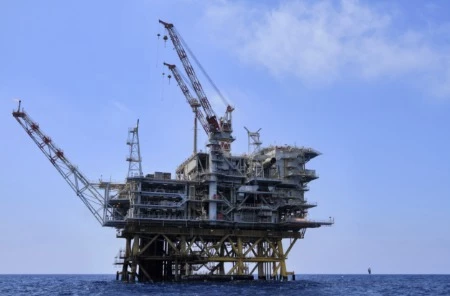Sand Control - Maximising Production And Cutting Out The Nitty Gritty
Add bookmark

At the present time, completion and sand control account for more than half of the total well development costs in the majority of deepwater projects.
At extreme depths, completion engineers have multiple contiguous layers of sand to contend with and sand control is the single biggest factor in the design of a well completion, a decision that needs to be submitted to a rigorous cost-benefit analysis of the overall economic feasibility of the well.
After testing core samples from the well itself and simulating downhole conditions with hollow cylinder tests, appropriate sand control methods can be selected to maximise pay zone recovery throughout the reservoir’s producing life.
Factors like inherent rock strength, pre-existing natural earth stresses and the formation pressure changes induced by drilling and production will all be contributing influences in sand production.
Current technologies
Gravel packs
Without question, the use of gravel packs is the most widespread sand control technique, accounting for three quarters of the sand control treatments used in the world today.
Cased hole or open hole gravel packs work by creating a barrier between formation and wellbore which fine sand cannot pass through. The packing creates a permeable filter that allows for the production of formation fluids but limits entry and production of formation sand in the wellbore.
Gravel packs have been used in subsea wells since the 1930s and allow for high productivity with a low drawdown pressure. The packs are extremely long-lived but have the disadvantage of sometimes allowing the undesired entry of water and gas into the wellbore.
Resin Injection
This method entails the introduction of three families of synthetic polymers – furans, epoxies, and phenolics - into the sand surrounding the wellbore. Entering in liquid form, a catalysing agent allows the resin to harden the sand on contact, consolidating it in a compacted mass.
The resulting solidification removes the need for sand screens and liners and is a cost-effective way to apply sand control. However, this technique significantly reduces permeability, and the liquid nature of the resin makes it difficult to apply evenly throughout the required zone.
The resins in question are also highly temperature sensitive, making them unsuitable for downhole temperatures in excess of 120 degrees centigrade.
The new kids on the block
Expandable sand-screen systems (ESS)
Instead of using conventional resin and gravel pack completion techniques, companies like Saudi Aramco have successfully employed the ESS method in extant mature and high pressure high temperature (HPHT) wells.
ESS works by contacting the formation directly and thus preventing sand movement. The screen is run down inside the open hole, and expands out to a diameter that is equal to the openhole’s inner diameter, closing up the annular space.
The screen reinforces wellbore integrity and, like conventional gravel packing, allows for excellent productivity and low drawdown.
Shape memory polymers (SMPs)
SMPs fall into the category of smart materials, that is to say materials that have properties that can be significantly altered in a controlled fashion by external stimuli, such as stress, temperature, and the application of electric or magnetic fields.
In a sand control context, temperature is the catalyst for SMPs transformation. The SMP is applied on the outside of the base pipe and expands to come in contact with the borehole wall, stabilising the formation in the region of the wellbore region and thus constraining sand migration.
Nanoparticle Technology
At the forefront of sand control technology is the use of nanoparticles, ultrafine particulates of between 100 and 1 nanometres in size.
Nanocrystals are added to the proppant that keeps hydraulic fractures open during the drilling process. These nanocrystals are able to fixate formation fines - loose or unconfined solid particles present in the pore spaces of sandstone formations - that migrate to the wellbore during production. As a result of this fixation, hydrocarbon flow is increased and the decline concomitant with sand build up is greatly reduced.
[eventpdf]





















